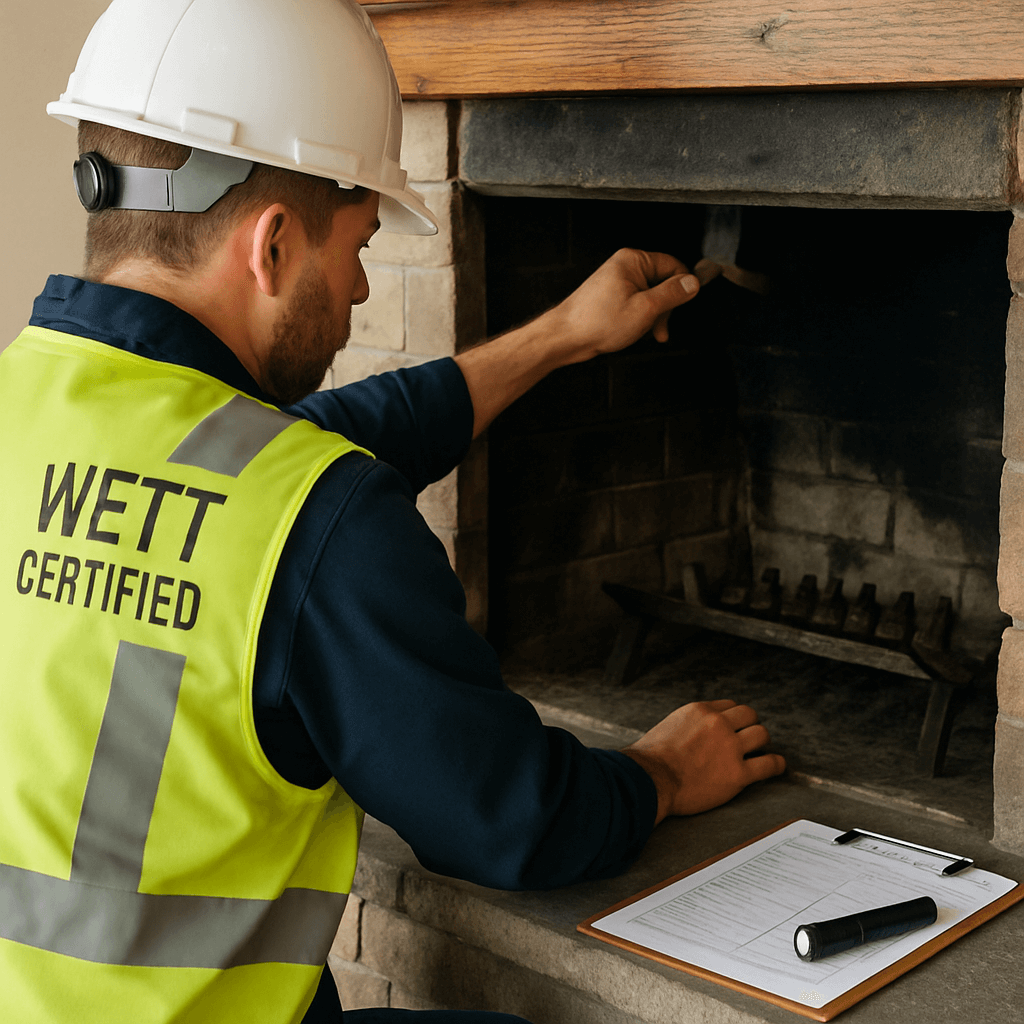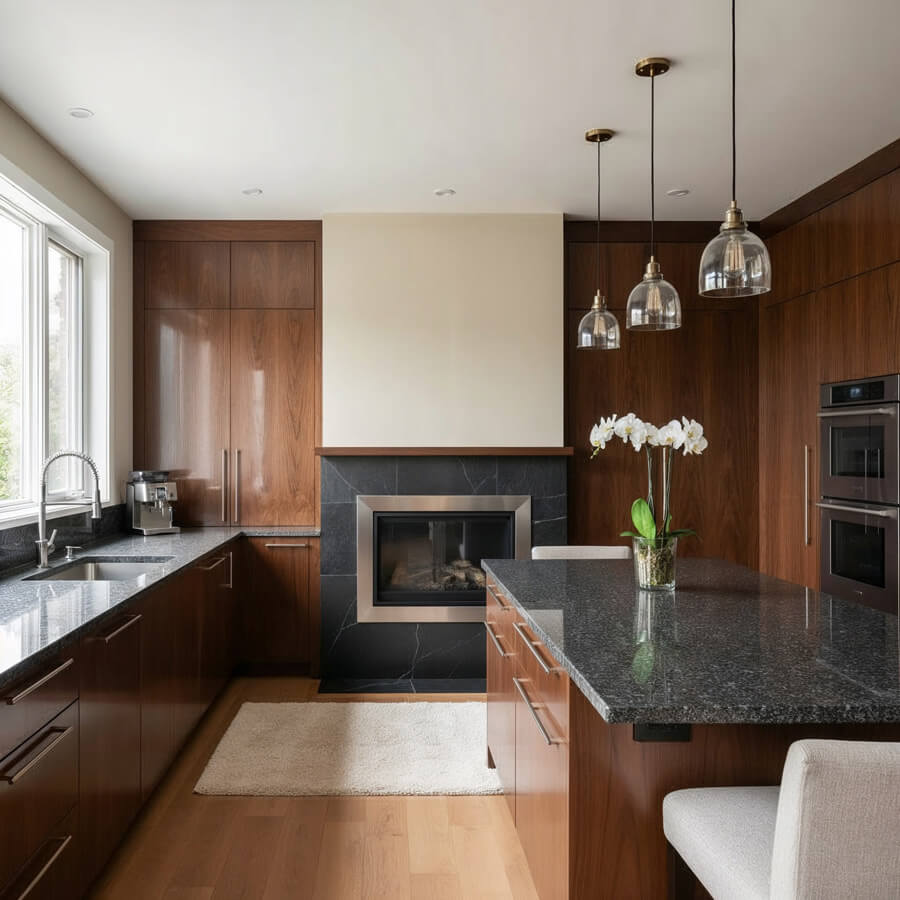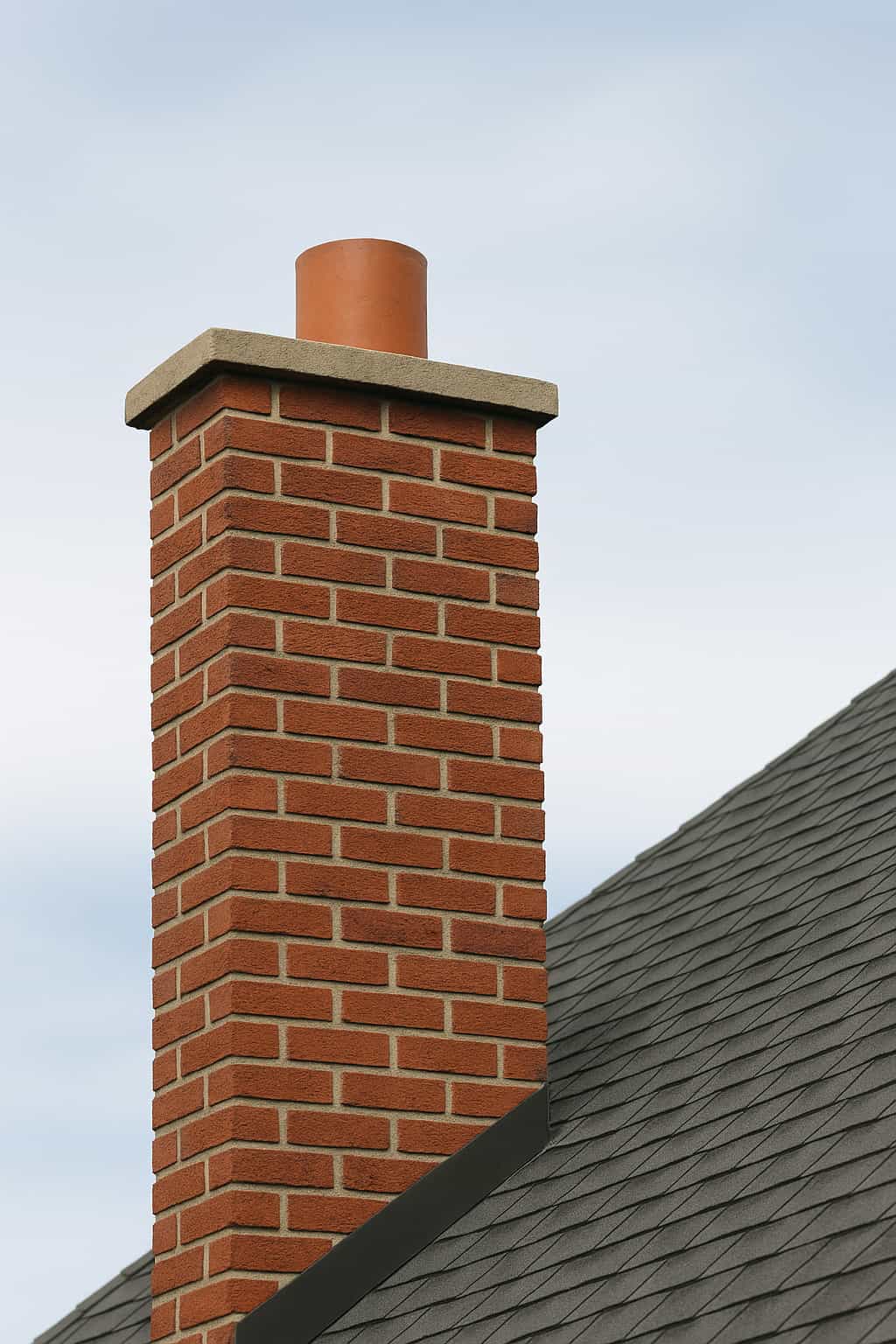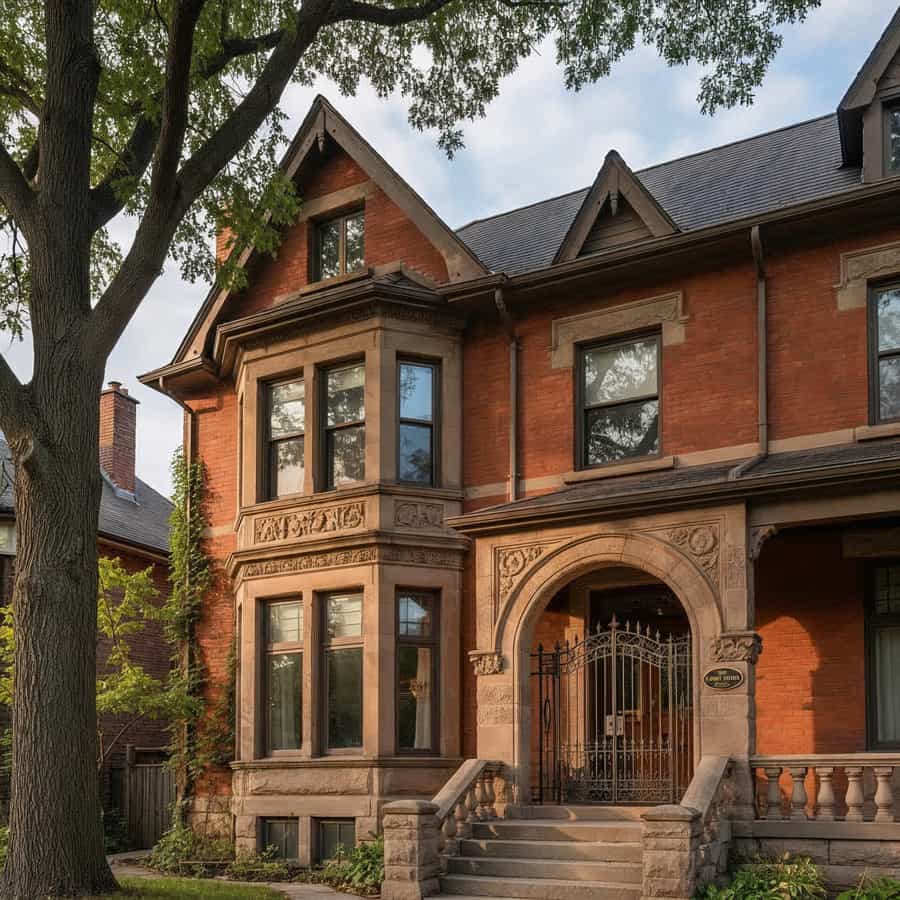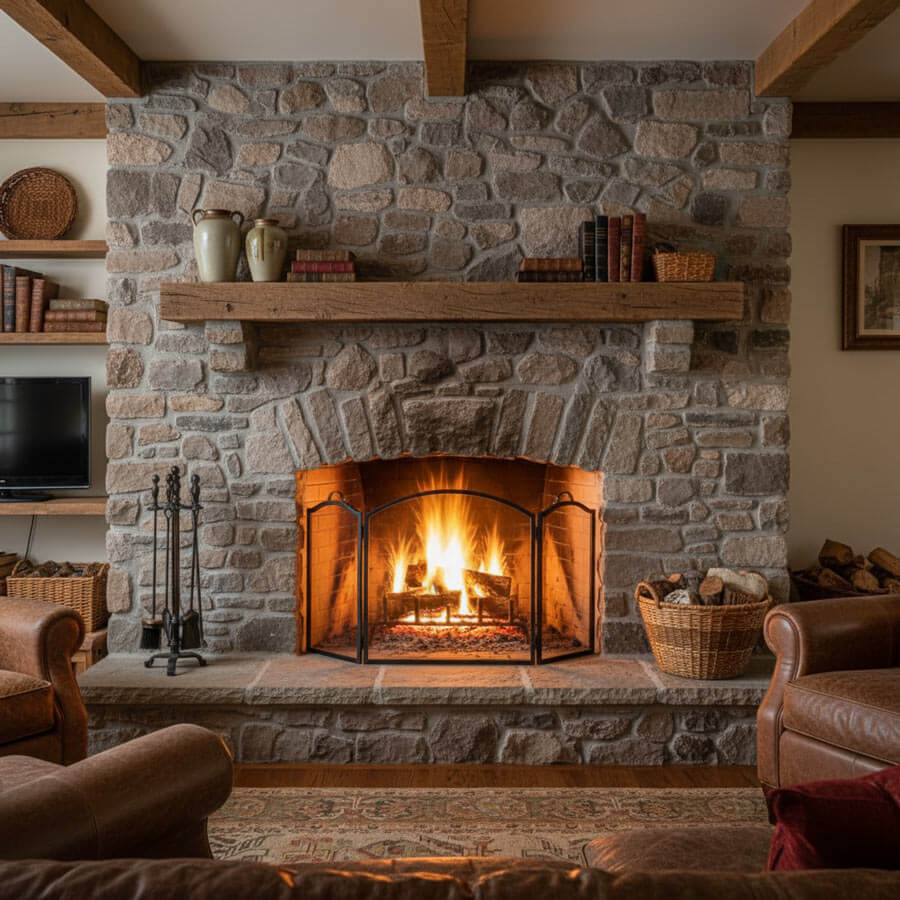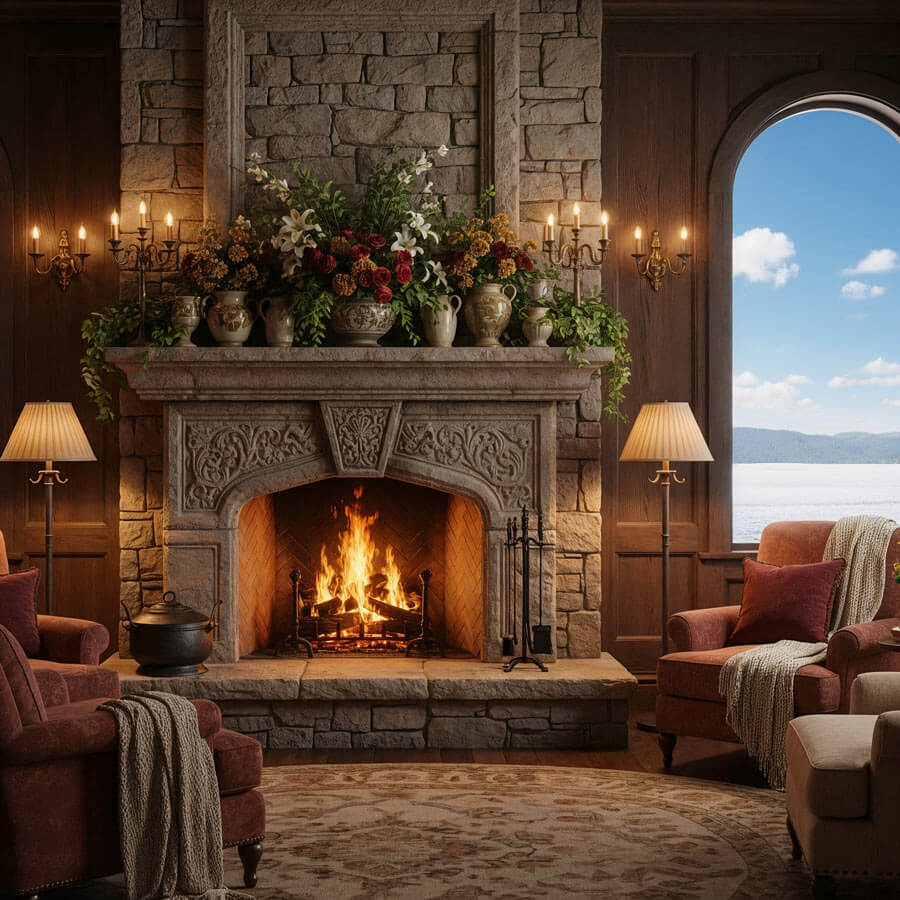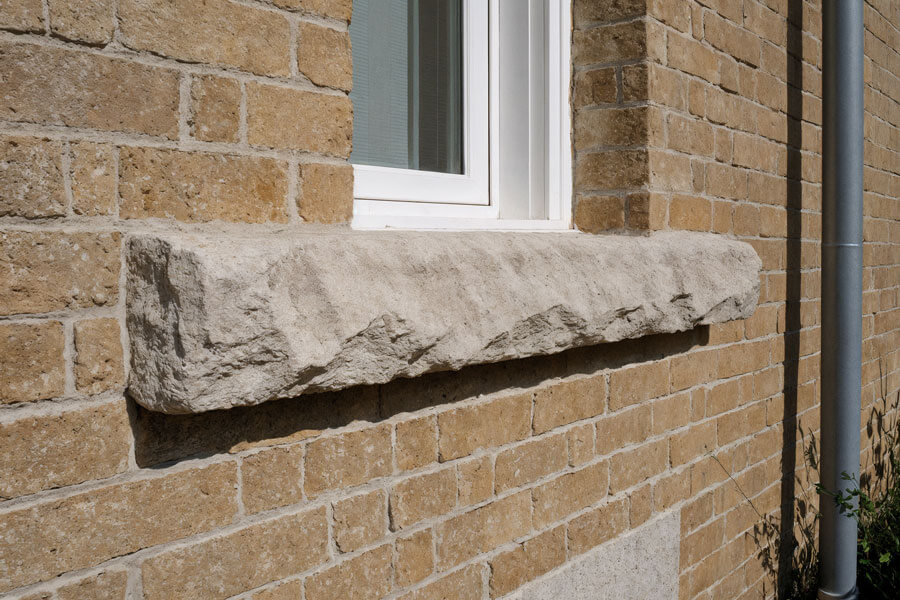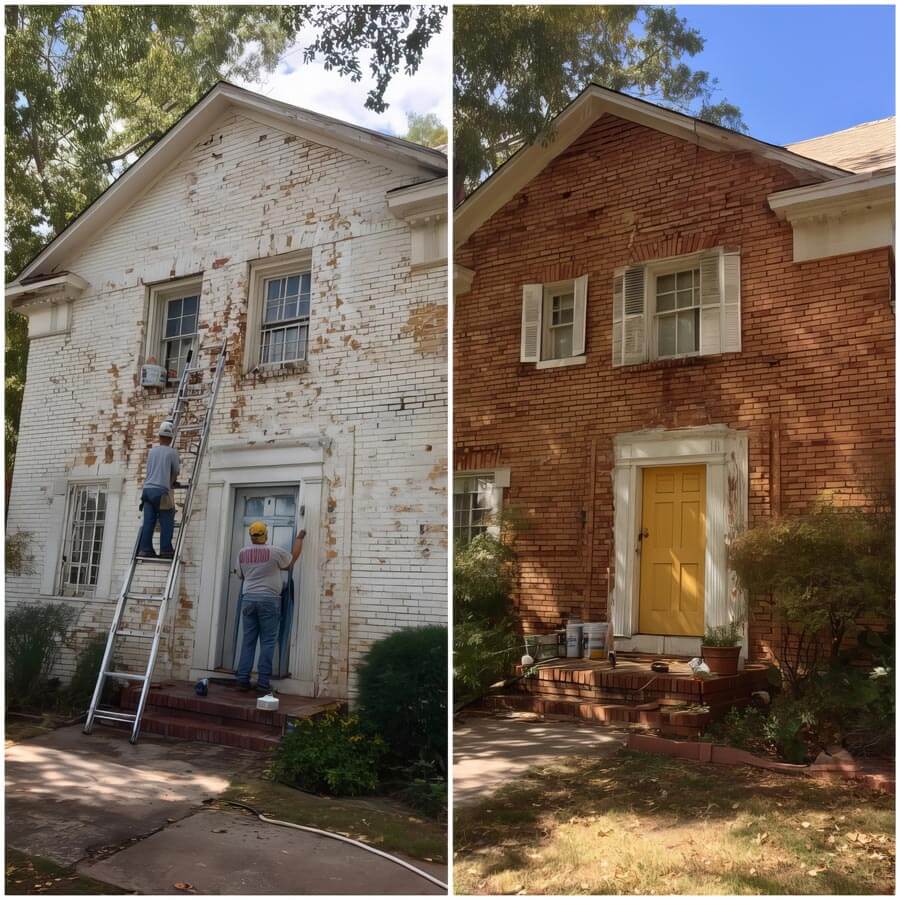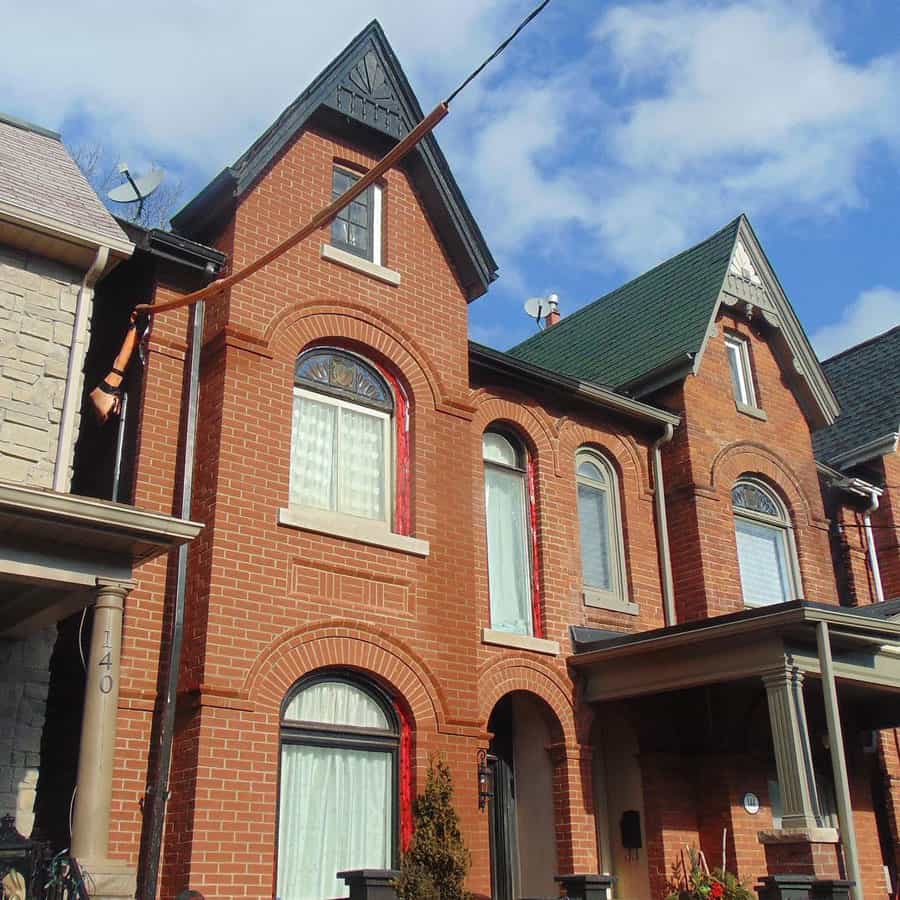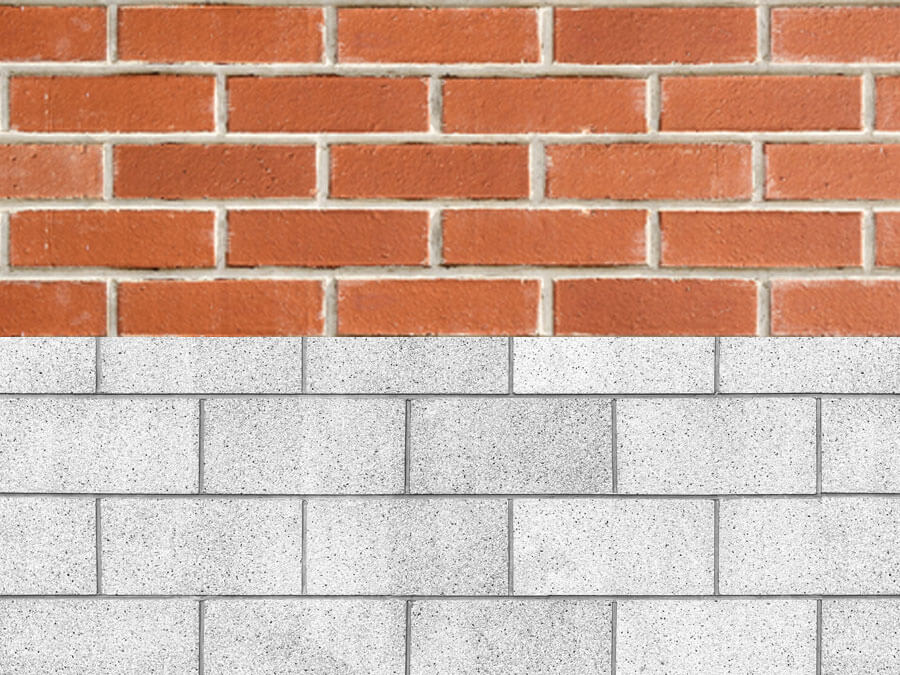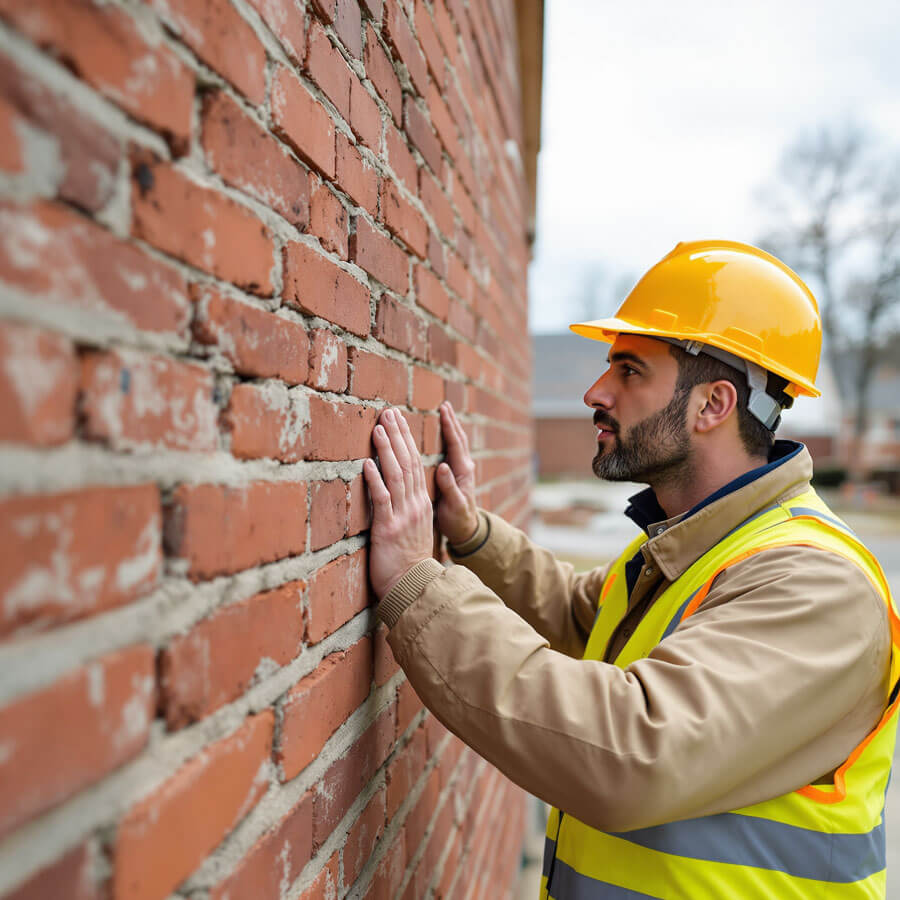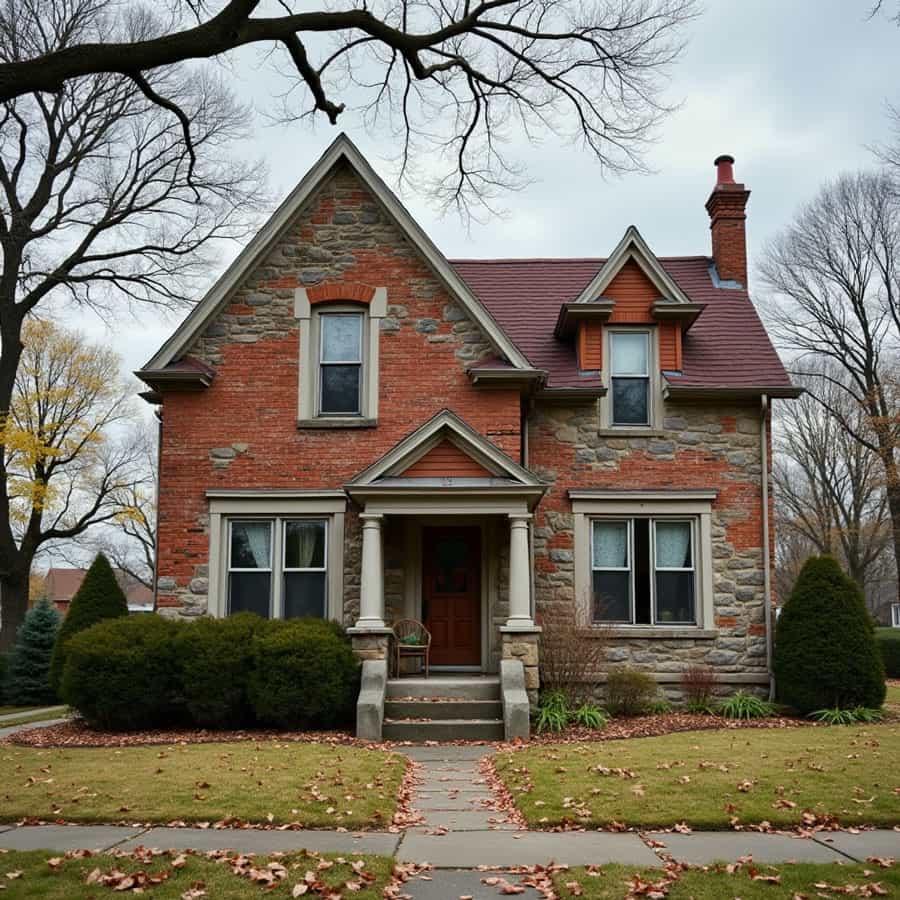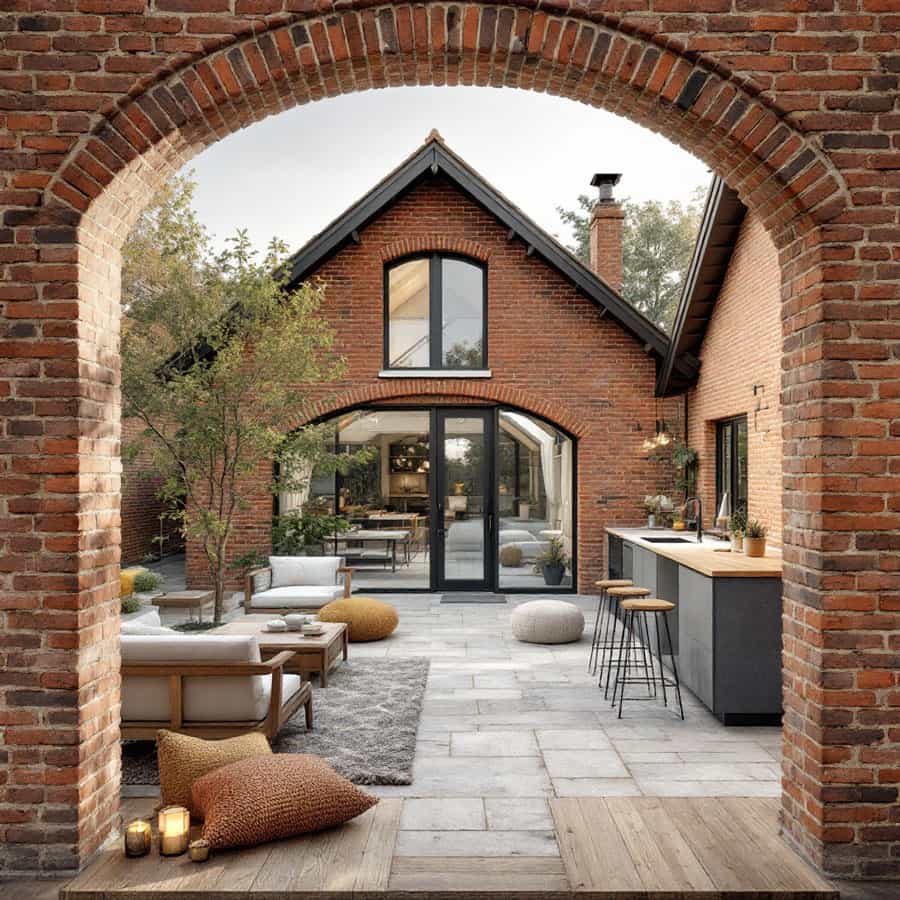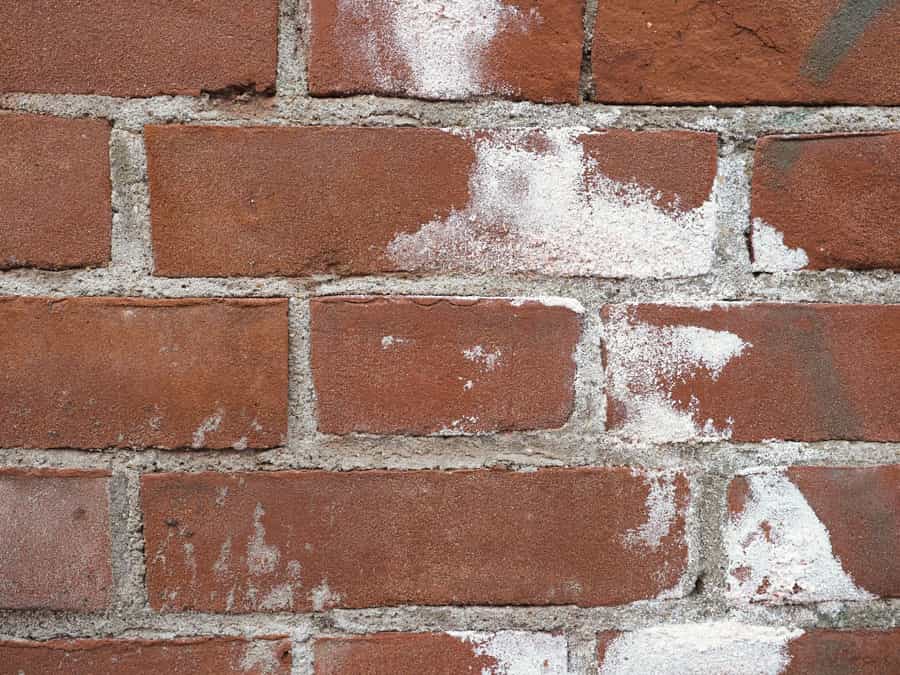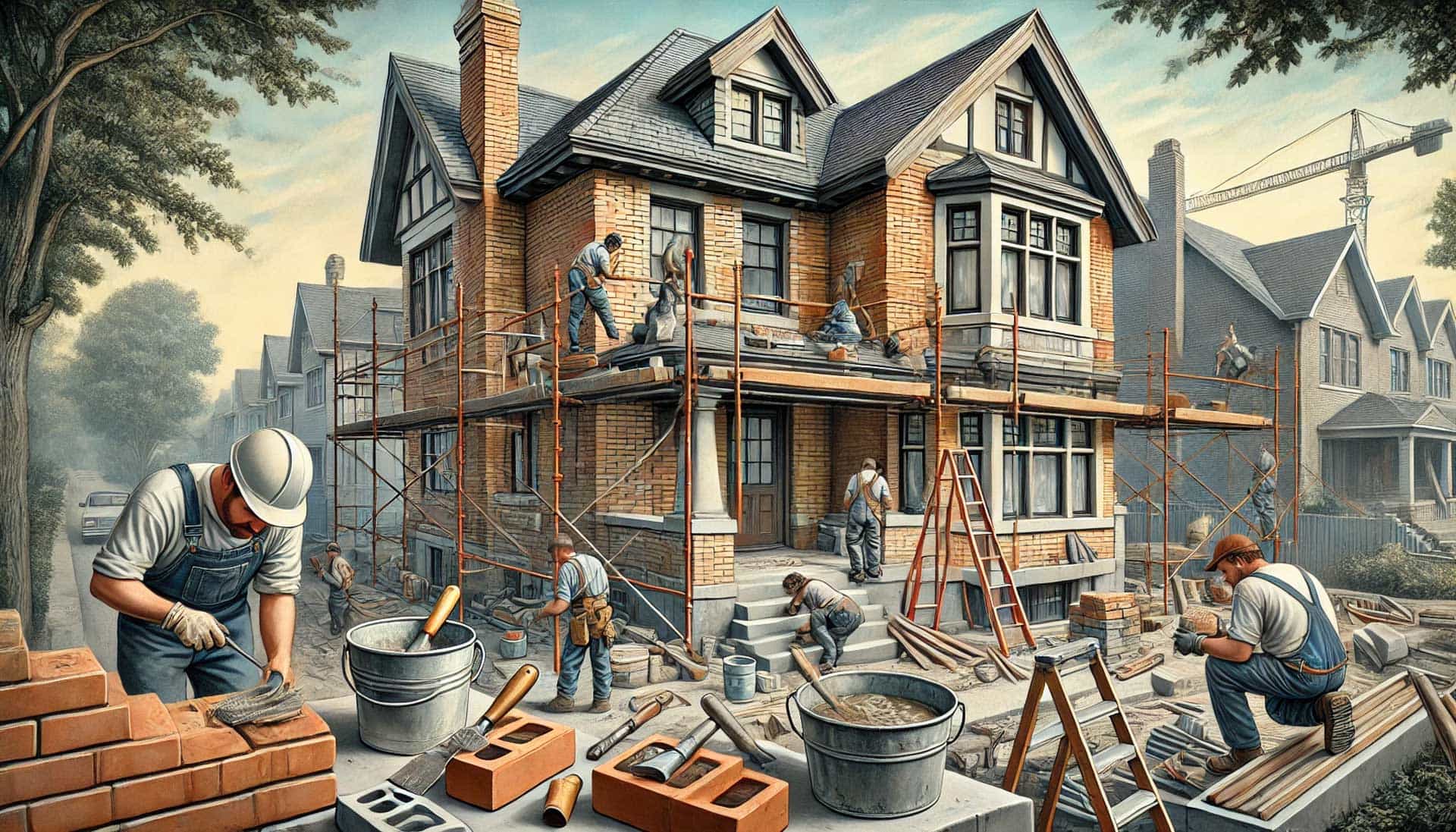Restoring a Historic Brick Building is an intricate procedure requiring an in-depth understanding and historic conservation expertise. The intricate details of such structures demand special attention to ensure their longevity and maintain their original beauty.
In this blog post, we will explore various aspects involved in restoring these magnificent edifices. We will begin by assessing the condition of a historic brick building, which is crucial for determining the necessary restoration work. Next, we’ll delve into selecting appropriate materials that match the original components while ensuring durability and compatibility with existing elements.
Furthermore, you’ll learn about preparing your historic masonry for restoration and implementing proven techniques that preserve its integrity without causing irreversible damage. Lastly, we’ll discuss essential maintenance practices to keep your restored building looking its best for years. Following these guidelines on restoring a historic brick building allows you to breathe new life into an architectural gem while preserving its historical significance.
Table of Contents:
- Selecting Appropriate Restoration Materials
- Preparing the Building for Restoration
- Implementing Restoration Techniques
- Maintaining the Restored Building
- FAQs about Restoring a Historic Brick Building
- Conclusion
1. Assessing the Condition of a Historic Brick Building
Understanding the scope of your restoration project and assessing the condition of a historic brick building is essential for successful restoration. This process involves identifying structural issues, evaluating the integrity of bricks and mortar, and determining what areas need attention.
Determining Structural Issues
Before starting any work on a historic brick building, it’s crucial to determine if there are any structural issues. These can include cracks in walls or foundations, leaning walls, or sagging floors. Hiring an experienced structural engineer to evaluate these concerns will ensure that you address them properly during restoration.
Evaluating Bricks and Mortar
The next step in assessing your historic brick building is evaluating the condition of its bricks and mortar. Look for signs such as spalling (flaking off) bricks, crumbling mortar joints, or efflorescence (white powdery deposits). If you’re unsure how to assess these elements accurately, consider hiring a professional masonry contractor with experience working on similar projects.
Identifying Areas Needing Attention
- Mortar Joints: Check for loose or missing mortar between bricks; this may indicate that repointing (replacing old mortar) is necessary.
- Cleaning: Dirt buildup can cause moisture retention leading to damage over time; gentle cleaning methods should be used when restoring historic buildings.
- Brick Replacement: If bricks are severely damaged or missing, they may need to be replaced with matching materials.
- Dampness Issues: Look for signs of water infiltration and address any issues that could lead to further damage.
Inspect the structural integrity of any chimneys on your vintage brick building and ensure they are free from blockages. Similarly, check the condition of window sills and lintels (horizontal support beams above windows), as these can also deteriorate over time. It’s essential to stay vigilant for other potential difficulties that could arise.
Taking the time to assess the condition of your historic brick building thoroughly will help you develop a comprehensive restoration plan that addresses all necessary repairs while preserving its original character. This process is crucial in ensuring your project runs smoothly, resulting in a beautifully restored structure that stands the test of time.
Assessing the state of a vintage brick edifice is critical for ascertaining which kind of repair components are required. To ensure that the right material is selected, it’s essential to properly understand how to select appropriate restoration materials for this unique structure.
Key Takeaway:
Assessing the condition of a historic brick building is crucial for successful restoration. This involves identifying structural issues, evaluating bricks and mortar, and determining areas needing attention, such as loose or missing mortar between bricks, cleaning dirt buildup, replacing severely damaged or missing bricks with matching materials, addressing dampness issues and checking chimneys’ structure soundness. Assessing thoroughly will help develop a comprehensive restoration plan that preserves its original character while ensuring it stands the test of time.
Selecting Appropriate Restoration Materials
Choosing the right materials for restoring a historic brick building is key to preserving its original character and ensuring longevity. To ensure the structure’s longevity, materials that are compatible with and protect against environmental factors must be chosen.
Matching Brick Types
The first step in selecting appropriate restoration materials is identifying the bricks used in your historic building. There are several types of bricks, including clay, sand-lime, and concrete. Each has unique properties and appearance, so it’s essential to match the new bricks with the originals as closely as possible. This may involve sourcing reclaimed or custom-made bricks from specialized suppliers.
Mortar Selection
Mortar is vital in maintaining structural integrity and preventing water infiltration into your historic brick building. Consider using lime-based mortars instead of modern cement-based options when choosing mortar for restoration purposes. Lime mortar offers better compatibility with older masonry units due to its flexibility and permeability characteristics. Additionally, ensure that you match both colour and texture when replacing damaged mortar joints.
- Lime Mortar: Provides greater flexibility than cement-based mortars; ideal for use on softer masonry units like old bricks or stones.
- Cement-Based Mortars: More rigid than lime mortars; can cause damage over time if not properly matched to existing masonry units.
Patching Compounds
When restoring a historic brick building, you may encounter areas where the original bricks are damaged or missing. In these cases, it’s essential to use appropriate patching compounds that match the existing materials in terms of colour and texture. Some options include lime-based repair mortars and custom-mixed restoration compounds designed specifically for masonry repairs.
Protective Coatings
To ensure your restored historic brick building remains protected from environmental factors such as water infiltration and UV damage, consider applying a protective coating after completing all necessary repairs. Breathable coatings like silane/siloxane sealers can provide excellent protection without trapping moisture within the masonry. Always consult an experienced professional before selecting coating products to guarantee compatibility with your specific structure.
In summary, selecting appropriate restoration materials is crucial for preserving the character and longevity of your historic brick building. By carefully considering each aspect of material selection – from matching bricks to choosing compatible mortar types – you’ll be well on your way toward successful restoration efforts.
Choosing the proper components is critical for a successful restoration effort. With careful preparation, the building can be ready for its new look.
Key Takeaway:
To restore a historic brick building, selecting appropriate restoration materials that are compatible with the existing structure and provide long-lasting protection against environmental factors is crucial. This includes matching brick types, choosing lime-based mortars over cement-based options, using appropriate patching compounds for damaged areas, and applying protective coatings like silane/siloxane sealers. Careful consideration of each aspect of material selection will ensure successful restoration efforts while preserving the character and longevity of the building.
2. Preparing the Building for Restoration
Preparing a historic brick building for restoration requires careful planning and attention to detail to ensure all necessary steps are taken. This process involves several key tasks, including securing permits, protecting adjacent structures, and addressing safety concerns.
a) Securing Permits
Obtaining the required permits and approvals is essential before starting any restoration work on a historic brick building. These may include local building permits or special permissions from your city’s historic preservation office. Research your area’s specific requirements well before beginning the project.
b) Protecting Adjacent Structures
Historic brick buildings are often located close to other structures or public spaces. To prevent damage during restoration work, erecting scaffolding with protective barriers or installing temporary fencing around the site is crucial. Additionally, be mindful of potential disruptions caused by noise or dust generated during construction activities.
c) Addressing Safety Concerns
- Falling debris: Ensure that any loose bricks or mortar are safely removed before starting work on the structure. This can help minimize risks associated with falling debris during restoration efforts.
- Scaffolding safety: Properly installed and maintained scaffolding is critical for worker safety throughout the project. Ensure you hire experienced professionals who follow industry best practices when setting up this equipment.
- Hazardous materials: Older buildings often contain hazardous materials like asbestos or lead-based paint; these must be handled carefully and disposed of according to local regulations. Consult with a hazardous materials expert for guidance on safely managing these substances during your restoration project.
d) Documenting the Building’s Current Condition
Before beginning any work, it is important to thoroughly document the building’s existing condition through photographs, drawings, or other visual records. This documentation can serve as a valuable reference throughout the restoration process and help ensure that original features are accurately preserved or recreated.
e) Developing a Restoration Plan
Finally, create a detailed plan outlining each step of the restoration process – from initial assessments and material selection to final inspections and maintenance schedules. A comprehensive plan can assist in keeping the project running smoothly and foresee any potential issues before they arise.
Before the restoration, the structure must be prepped to guarantee a superior outcome and long-term durability. Now, it is time to move on to implementing various restoration techniques to bring this historic brick building back to its former glory.
Key Takeaway:
Restoring a historic brick building requires careful planning and attention to detail. This involves securing permits, protecting adjacent structures, addressing safety concerns such as falling debris or hazardous materials, documenting the building’s current condition, and developing a detailed restoration plan outlining each process step.
3. Implementing Restoration Techniques
Implementing appropriate restoration techniques on a historic brick building can be challenging, but it can be done successfully with proper guidance. The key is to use methods that preserve the original character of the building while ensuring its structural integrity and longevity.
Tuckpointing
Tuckpointing, or repointing, is essential for restoring historic brick buildings. This process involves removing damaged mortar joints and replacing them with new mortar that matches the colour and composition of the original material. Tuckpointing helps prevent water infiltration, which can lead to further damage if left untreated.
Brick Replacement
Sometimes, individual bricks may need to be replaced due to severe deterioration or damage. It’s crucial to source bricks that match the size, colour, texture, and overall appearance of those in your historic building as closely as possible. Reclaimed bricks from similar structures are often a good option for maintaining authenticity.
Cleaning Techniques
- Gentle Cleaning: Use soft brushes, sponges, mild detergents, or natural cleaning solutions like vinegar diluted in water when cleaning delicate surfaces.
- Poulticing: A poultice from clay-based materials mixed with a solvent can help remove stubborn stains without damaging underlying masonry work.
- Jos/TORC System: This low-pressure micro-abrasive cleaning system is ideal for removing dirt, grime, and biological growth without causing damage to the brickwork.
Sealing and Waterproofing
Applying a high-quality masonry sealer or water repellent is essential to protect your historic brick building from moisture infiltration. However, choose a product that allows the bricks to “breathe,” as trapping moisture inside can lead to further deterioration.
Restoring a historic brick building requires careful planning and execution of appropriate restoration techniques. By following these guidelines and working with experienced professionals like those at Bowman Masonry, you can ensure that your project will successfully preserve your property’s unique character and history.
Implementing the right restoration techniques is essential to preserving a historic brick building. Ongoing upkeep is necessary to keep the refurbished edifice in good condition, but with appropriate vigilance and care, it can remain intact for a lengthy period.
Key Takeaway:
Restoring a historic brick building requires appropriate restoration techniques that preserve its original character while ensuring structural integrity and longevity. Tuckpointing, brick replacement, gentle cleaning, poulticing, and Jos/TORC system are some methods to achieve this goal. Applying high-quality masonry sealer or water repellent is also essential for protecting the building from moisture infiltration without trapping moisture inside.
4. Maintaining the Restored Building
Maintaining a restored historic brick building requires regular inspections and maintenance to ensure it remains in good condition over time. In this section, we will discuss some essential steps you can take to preserve your beautifully restored property for years to come.
Regular Inspections
Regularly inspecting your historic brick building is crucial in identifying potential issues before they become significant problems. Inspect the exterior walls, roof, gutters, windows, doors, and foundation at least once a year or after severe weather events.
Cleaning Brick Surfaces
To maintain the appearance of your restored brickwork and prevent damage from dirt buildup or mould growth, clean the surfaces gently using non-abrasive methods such as low-pressure water washing or soft-bristle brushes with mild detergent solutions. Avoid harsh chemicals or high-pressure washers that could damage bricks and mortar joints.
Tuckpointing Mortar Joints
Tuckpointing, which involves removing deteriorated mortar from joints and replacing it with new mortar matching the original colour and composition, should be done periodically. This process helps maintain structural integrity while preserving the aesthetic appeal of your historic brick building.
Maintenance Checklist:
- Schedule annual inspections for early detection of potential issues.
- Gently clean brick surfaces regularly to prevent dirt buildup and mould growth.
- Monitor mortar joints and perform tuckpointing as needed to maintain structural integrity.
- Inspect and repair roofing, gutters, windows, doors, and foundations regularly.
In addition to these maintenance tasks, addressing any issues promptly is essential. Ignoring small problems can lead to more significant damage over time. Consult with professionals like Bowman Masonry for expert advice on properly maintaining your restored historic brick building.
By following a regular maintenance schedule and addressing potential issues early on, you can ensure that your historic brick building remains in excellent condition for generations to enjoy. Preserving the past isn’t just about restoring antiquated structures; it’s also about taking proper care of them after they’ve been revived.
FAQs about Restoring a Historic Brick Building
Can Old Brick be Restored?
Yes, old brick can be restored. With proper assessment, selection of appropriate materials, and implementation of restoration techniques, historic brick buildings can regain their original appearance and structural integrity. Regular maintenance is crucial to preserve the restored building for years to come.
How Do You Restore a Brick Building?
Restoring a brick building involves assessing its condition, selecting appropriate restoration materials, preparing the structure for restoration work, implementing various techniques such as repointing or replacing damaged bricks, and maintaining the restored building through regular inspections and repairs. Hiring experienced professionals ensures quality results.
What Are the Key Factors Need to Be Considered When Renovating a Historic Building?
Key factors include understanding the historical significance of the structure, complying with local regulations, accurately assessing its condition, using compatible materials and methods in line with traditional construction practices, preserving original features whenever possible, addressing safety concerns like fire protection or accessibility requirements, and obtaining necessary permits before starting work.
How Long Do Old Brick Buildings Last?
The lifespan of an old brick building depends on several factors, such as the quality of construction materials used initially (brick type), environmental conditions (climate), and maintenance history over time (repairs & upkeep), among others. Well-maintained historic structures can easily last hundreds if not thousands of years if properly cared for.
Conclusion
Restoring a historic brick building is not an easy task. Still, the proper assessment of the condition of the building, selecting appropriate restoration materials, preparing the building for restoration, implementing restoration techniques, and maintaining it after completion can help to preserve its historical significance. It’s important to remember that restoring a historic brick building requires attention to detail and expertise in masonry work.
Contact Bowman Masonry today if you’re looking for professional masonry services for your historic brick building project. Our team has years of experience restoring historic buildings, and we use only high-quality materials and techniques to ensure your project is completed successfully.
Call us at 647-341-1770 or visit our website https://bowmanmasonry.com/ today!


